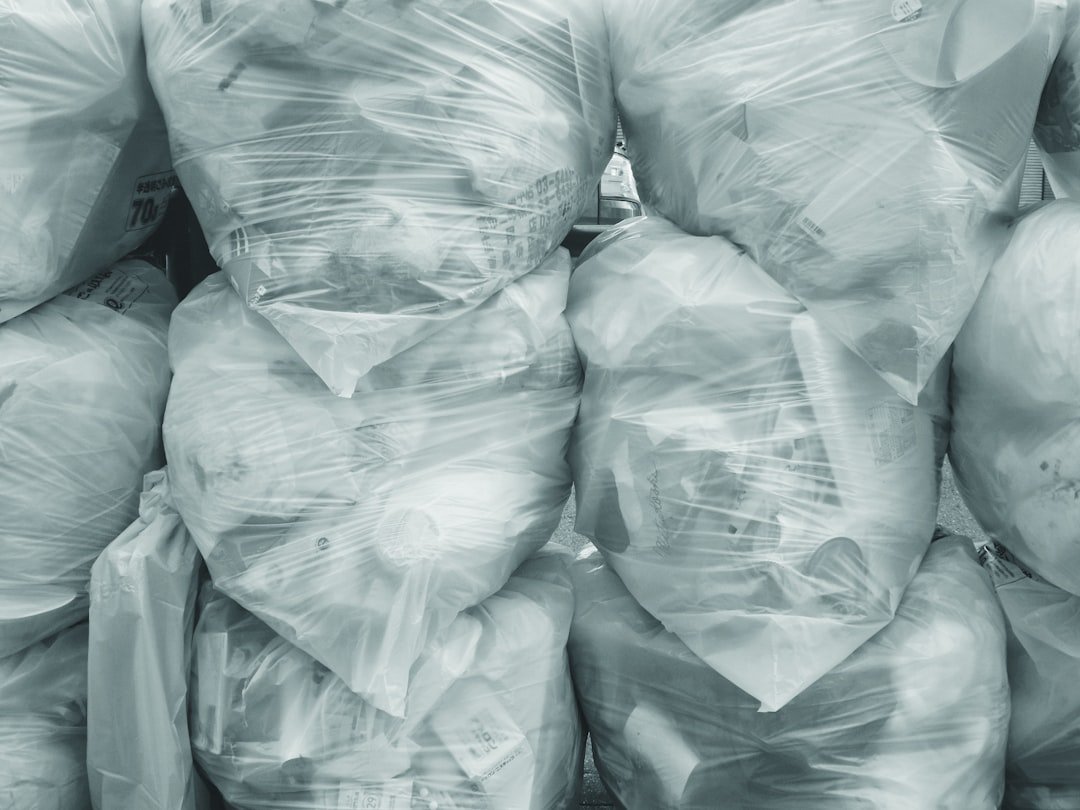The management of industrial solid waste is essential to both public health and environmental sustainability. Waste production has grown dramatically in both volume and complexity as industries develop and grow. Metals, plastics, chemicals, and organic materials are just a few of the many materials that can be included in this waste, and each presents different disposal & treatment difficulties.
Key Takeaways
- Industrial solid waste management is crucial for environmental protection and sustainability.
- Industrial solid waste can come from various sources such as manufacturing, construction, and agriculture.
- Best practices for waste reduction include implementing recycling programs and using efficient production processes.
- Effective segregation and storage of industrial solid waste is important to prevent contamination and hazards.
- Choosing the right disposal and treatment methods should consider the type and quantity of waste, as well as environmental impact and cost.
In order to minimize the ecological impact of industrial operations and to comply with environmental regulations, it is imperative that industrial solid waste be managed effectively. Industrial solid waste management is crucial to the sustainable development objectives established by numerous international organizations, and its significance goes beyond simple compliance. Businesses are realizing more and more that effective waste management can result in lower costs, more operational effectiveness, and a better reputation for their companies. By implementing thorough waste management plans, businesses can reduce the risks of disposing of waste, like contaminating water and soil resources, and support a circular economy in which materials are recycled and reused instead of thrown away. Industrial solid waste types. Organic waste, recyclables, hazardous waste, and non-hazardous waste are typical classifications.
Because of its potential to negatively impact both the environment and human health, hazardous waste is especially concerning. Heavy metals, chemicals, and other hazardous materials that call for particular handling & disposal techniques are frequently found in this kind of waste. sources of solid industrial waste.
Industrial solid waste comes from a variety of sources that differ depending on the industry. For example, manufacturing sectors produce a lot of packaging materials, scrap metal, and faulty goods. Reusable or recyclable materials such as wood and concrete are produced by the construction sector. The food processing industry also produces organic waste, which can be turned into biogas or composted.
| Best Practices | Metrics |
|---|---|
| Waste Segregation | Percentage of waste segregated at source |
| Recycling | Amount of waste recycled |
| Composting | Volume of organic waste composted |
| Waste Minimization | Reduction in waste generation |
| Waste Audits | Frequency of waste audits conducted |
Comprehending waste categories is essential. To develop focused waste management strategies that address the particular challenges presented by each category, it is essential to comprehend the precise types and sources of waste generated by an industry. Minimizing the environmental impact of industrial operations requires the implementation of best practices for the reduction of industrial solid waste.
Adopting lean manufacturing principles, which emphasize removing waste at every stage of the production process, is one successful tactic. By simplifying processes & cutting back on surplus inventory, businesses can drastically cut down on waste production. Toyota, for instance, has a production system that prioritizes waste reduction and continuous improvement, which lowers material costs and has a smaller environmental impact.
Performing routine waste audits to find areas where waste can be reduced is another best practice. Through these audits, organizations can identify areas for waste reduction and gain insight into their waste generation patterns. A textile manufacturer, for example, may find that production off-cuts account for a sizable amount of its waste. The business can increase profitability and cut down on fabric waste by investing in more effective machinery or refining cutting patterns.
Also, educating staff members about the value of waste reduction can help the company develop a sustainable culture. An efficient waste management plan must include the proper segregation and storage of industrial solid waste. The goal of proper segregation is to enable recycling and secure disposal by separating various waste types at the source. To make it simple for workers to know where to dispose of various materials, a manufacturing facility might, for instance, use color-coded bins for hazardous materials, recyclables, and general waste. In addition to increasing recycling rates, this approach lowers the possibility of hazardous and non-hazardous wastes becoming contaminated.
In the management of industrial solid waste, storage procedures are also very important. To avoid spills or leaks, waste should be kept in specially marked spaces with the necessary containment equipment. To reduce environmental risks, for example, hazardous waste containers need to be stored in secondary containment systems and labeled in compliance with regulations. To make sure safety regulations are being followed and to spot any possible problems before they become serious, storage areas must undergo routine inspections. In order to safeguard employees, the general public, and the environment, industrial solid waste must be handled and transported safely. To reduce exposure to hazardous materials, waste management staff members need to receive training in safe handling practices.
Workers handling potentially hazardous materials should be outfitted with personal protective equipment (PPE) like goggles, masks, and gloves. Also, precise procedures for the secure movement of waste from production areas to storage facilities or disposal locations ought to be set up. Hazardous material transportation is subject to stringent regulations, which must be followed when transporting industrial solid waste. Businesses are required to make sure that waste transportation vehicles are driven by qualified individuals & have the necessary safety features.
For instance, cars carrying hazardous waste should be properly identified with placards that specify the type of material being transported. Emergency response plans and communication protocols should also be in place in case of spills or accidents during transit. The preferred method for non-hazardous materials is recycling.
Because recycling saves resources and lessens the need for landfills, it is frequently the recommended method for non-hazardous materials like metals & plastics. Numerous sectors have effectively incorporated closed-loop recycling systems, which reintroduce waste materials into the manufacturing process. techniques for treating hazardous waste. It may be necessary to use treatment techniques like incineration or chemical neutralization for hazardous wastes that cannot be recycled or reused.
In order to minimize emissions, incineration must be carried out in facilities with cutting-edge air pollution control technologies. Incineration can efficiently reduce the volume of hazardous waste while producing energy. evaluating waste characteristics to determine the best disposal techniques. Using chemicals to make dangerous materials non-toxic before discarding them is known as chemical neutralization.
A detailed evaluation of the unique properties of the waste is necessary to identify the best course of action because every method has pros & cons. An essential component of managing industrial solid waste is adhering to laws and environmental standards. To safeguard the environment and public health, governments all over the world have put strict regulations into place that control how industrial waste is handled, treated, and disposed of. To guarantee compliance with legal requirements, organizations need to remain up to date on pertinent local, national, and international regulations.
Serious consequences, such as fines and legal action, as well as harm to one’s reputation that could interfere with business operations, can arise from breaking these rules. Regular training sessions for staff members engaged in waste management tasks and the establishment of strong internal policies that comply with legal requirements are essential for maintaining compliance. Also, speaking with legal or environmental consultants can offer insightful advice on navigating intricate regulatory environments. For accountability and ongoing improvement, it is crucial to track and assess how well industrial solid waste management procedures are working.
Key performance indicators (KPIs) pertaining to waste generation, recycling rates, and regulatory compliance should be established by organizations in order to evaluate their performance over time. Businesses can spot trends, establish goals for development, and efficiently deploy resources when these metrics are regularly reported on. Also, reviewing waste management procedures on a regular basis can reveal areas that could use improvement or innovation. For example, a manufacturing facility might discover that, in spite of early gains, its recycling rates have plateaued; this could lead to a review of staff training initiatives or collaborations with nearby recycling facilities in order to improve performance even more.
Involving stakeholders in conversations regarding waste management procedures, such as staff, clients, and community members, can also yield insightful input that guides future plans. To sum up, efficient industrial solid waste management necessitates a multipronged strategy that includes knowing the different kinds of waste, putting best practices for reduction into practice, making sure that handling & transportation are safe, choosing suitable disposal techniques, adhering to regulations, and regularly assessing performance. Industries can improve their operational efficiency and make a positive impact on environmental sustainability by giving priority to these factors.



